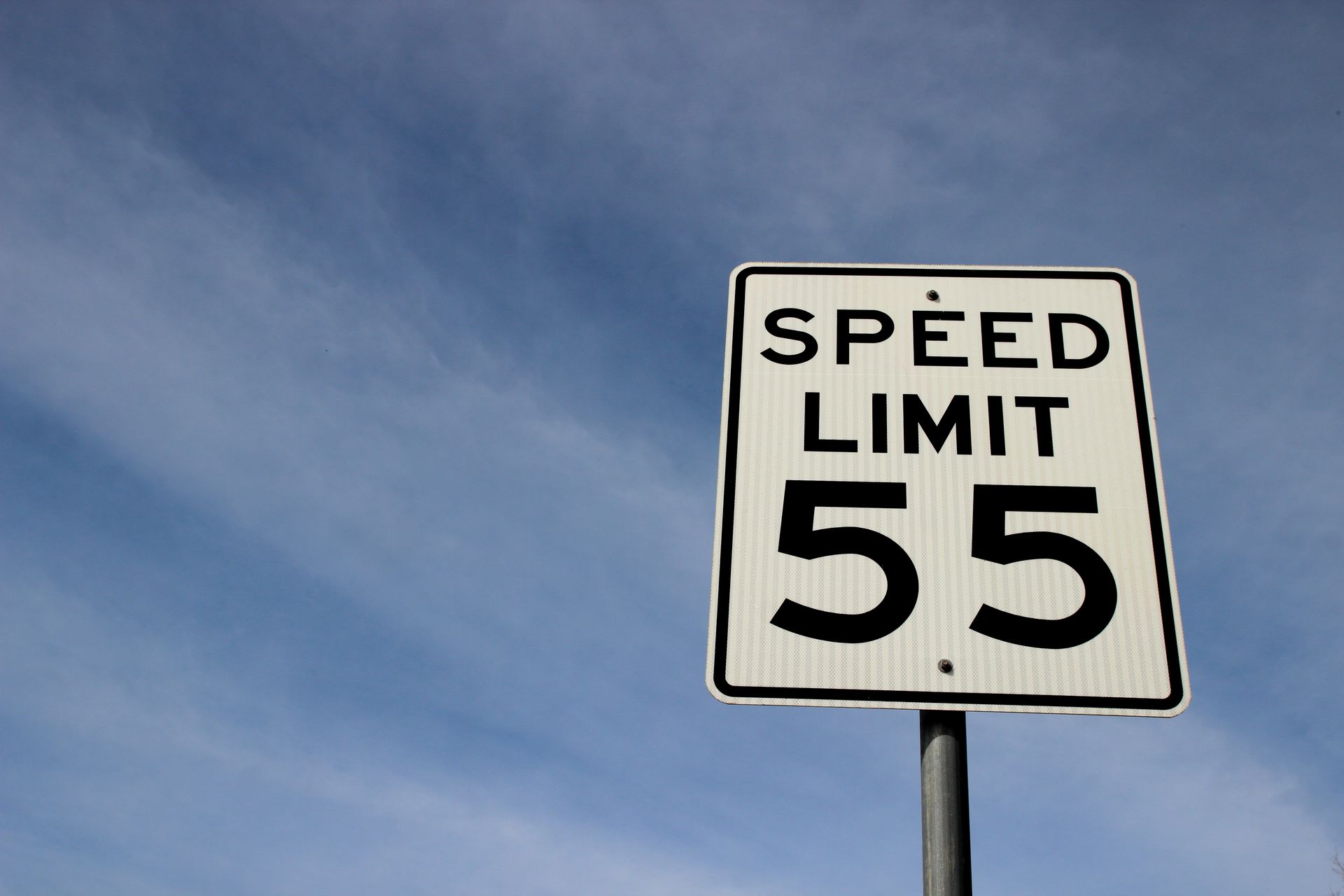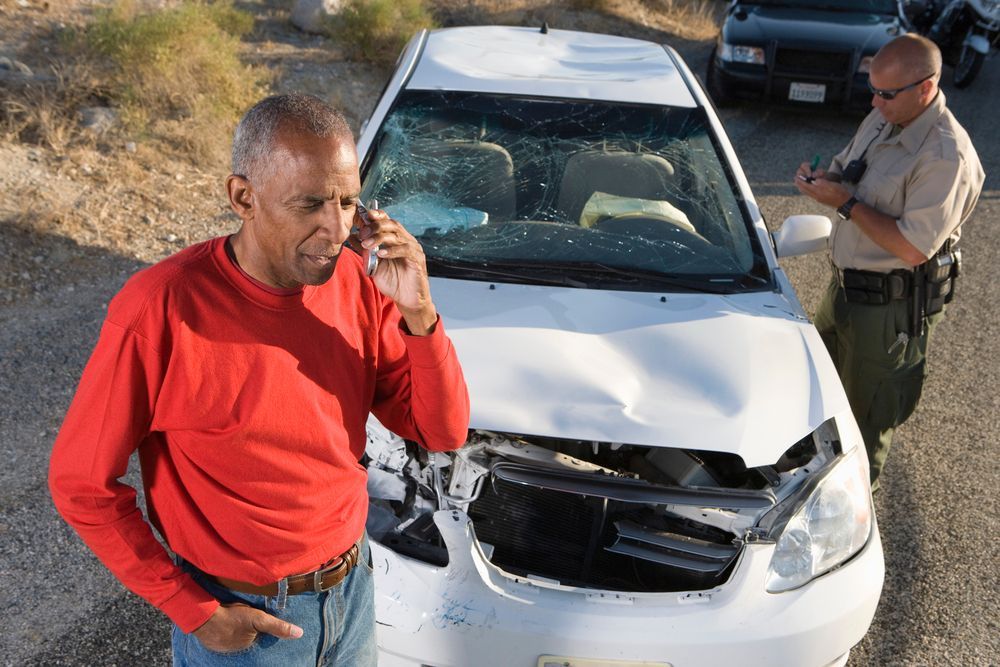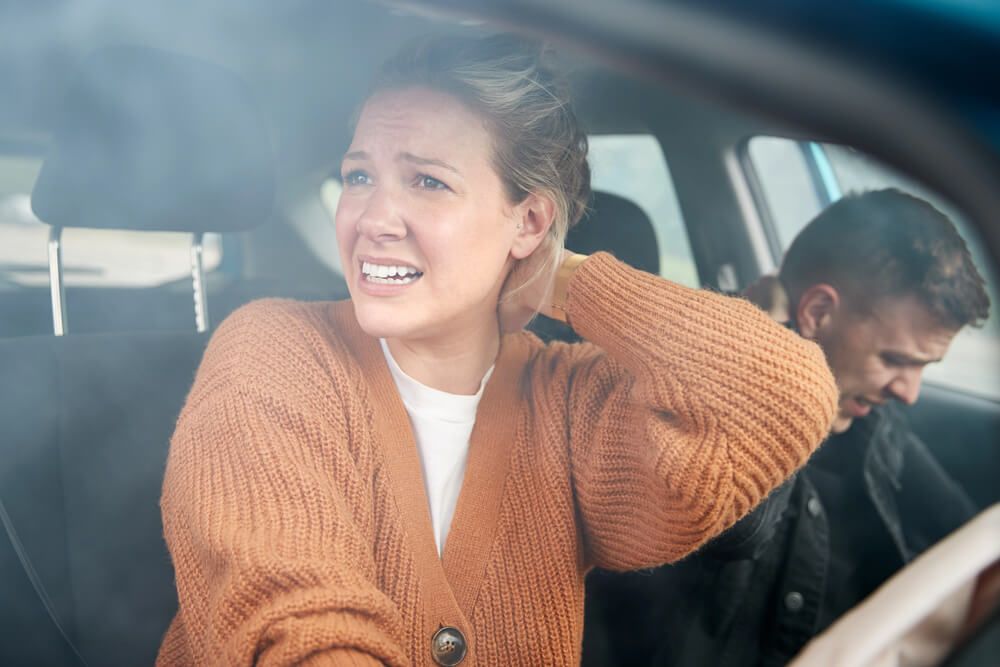A Quick Guide to California Speed Limit Laws
Recent Blog Posts
A Quick Guide to California Speed Limit Laws: What Every Driver Should Know

Understanding California’s speed limit laws is vital both for safe driving and for protecting your rights if you’re cited or involved in a crash. Speeding is not only a frequent cause of traffic collisions — it can also carry serious legal and insurance consequences. This guide explains the key principles of speed limit law in California, how they apply in real driving situations, and what to do if you receive a ticket.
The Foundation: California’s Basic Speed Law (Veh. Code § 22350)
At the heart of California’s speed regulations is the Basic Speed Law, codified in Vehicle Code § 22350. That law states, in effect, that:
“No person shall drive a vehicle upon a highway at a speed greater than is reasonable or prudent having due regard for … the traffic, surface, width, visibility, weather, etc., and in no event at a speed which endangers the safety of persons or property.”
This means that even if you are driving under a posted speed limit, you can still run afoul of the law if your speed is unsafe under existing conditions. For example, during heavy rain or in dense traffic, a lower speed might be the only reasonable and prudent one.
Courts have considered many factors when judging whether a speed was safe or reasonable: road surface conditions, visibility, traffic density, curves or hills, the presence of pedestrians or cyclists, nearby intersections or railroad crossings, and more.
Because of this, the Basic Speed Law acts as a kind of “safety override” — it requires drivers to slow down when conditions demand it, regardless of what the posted limit is.
Absolute Speed Limits & Prima Facie Limits
In California, not all speed limits are the same. Some are absolute limits, while others are prima facie (i.e. presumed) limits:
- Absolute speed limits are strict: if you exceed them, you violate the law, regardless of conditions.
- Prima facie speed limits set a “presumed safe” speed in absence of special signage, but you may challenge a speeding citation by showing your speed was nonetheless legal under the Basic Speed Law. For example, unless otherwise posted:
- The speed limit is presumed to be 25 mph in business or residential districts or school zones (especially when children are present)
- In alleys, at railroad crossings (with limited visibility), or in blind intersections, a prima facie speed of 15 mph applies
That said, absolute limits govern many highways and freeways. For instance:
- On many highways, the maximum posted speed is 65 mph, unless otherwise posted for a higher limit.
- Some freeways may be posted for 70 mph in certain areas.
- On two-lane undivided highways, the default (unposted) limit is usually 55 mph.
- When speed limits are set, traffic engineers use Engineering & Traffic Surveys (E&TS) considering prevailing speeds, road design, crash history, and other conditions.
Special Zones & Reduced Limits
Certain areas require lower speed limits for safety:
- School zones: Within 500 feet of a school while children are outside or crossing the street, the limit is commonly 25 mph (sometimes lower if posted).
- Blind intersections: Where no signs control traffic and visibility is limited, 15 mph is often the maximum speed.
- Alleys: The speed limit is 15 mph in alleys (roads narrower than 25 feet used for rear or side access).
- Near railroad crossings: When visibility is obstructed (you cannot see approaching trains from 400 feet away in both directions), a 15 mph limit is typical.
- Construction zones: Posted reduced speed limits often apply, and in some cases, speeding fines may be enhanced.
Penalties, Tickets & Point Consequences
If you violate speed laws in California:
- You may receive a traffic ticket with a base fine plus assessments and penalty fees.
- Speeding violations under § 22350 are typically considered a “one-point” offense on your DMV record, unless you attend traffic school or successfully contest in court.
- If you accumulate too many points (4 in 12 months, 6 in 24 months, 8 in 36 months), you may face license suspension under the negligent operator treatment system.
- For high over-speeding (e.g. significantly beyond posted limits), additional penalties may apply, and your insurance premiums could increase.
If you wish to avoid having the citation go on your driving record, courts may permit traffic school participation (if eligible) or you may challenge the citation in court with evidence that your speed was safe and reasonable under the conditions.
Practical Advice for Drivers
Even though speed limit signs provide guidance, safe driving often requires judgment. Here are some practical considerations:
First, always scan for posted speed limit signs and adjust your speed accordingly. The posted limit is the starting point, not the absolute ceiling when conditions deteriorate.
Second, because of the Basic Speed Law, you should slow further when conditions demand it: rain or fog, heavy traffic, poor visibility, sharp curves, or roadway defects. Staying under the posted limit may still be unsafe under these conditions.
Third, especially in local or residential areas, expect additional reductions (near schools, playgrounds, crosswalks) and watch for “When children are present” signage. Be alert for temporary speed reductions in work zones or during special events.
Fourth, if you are cited, don’t simply pay blindly. Review whether the conditions at the time might have justified a lower speed or whether the citation can be challenged. Preserve evidence (photos, weather reports, traffic flow) if you contest it.
Fifth, realize that speed plays a critical role in accident severity. In a collision, higher speed often means more damage and greater liability exposure.
Why Knowing the Laws Matters to You
Understanding California’s speed limit laws isn’t just about compliance — it has practical implications when crashes occur. In personal injury cases, speed often becomes a central factor in determining fault, recovering damages, or negotiating with insurance. A driver who was speeding might be presumed negligent, while someone driving more carefully may better defend their position.
If you or a loved one has been injured in a motor vehicle crash in California — especially where speed may have been a contributing factor — it’s important to consult a law firm experienced in traffic and auto-accident litigation. We can analyze whether speeding was wrongful, help gather evidence, and fight for fair compensation.





